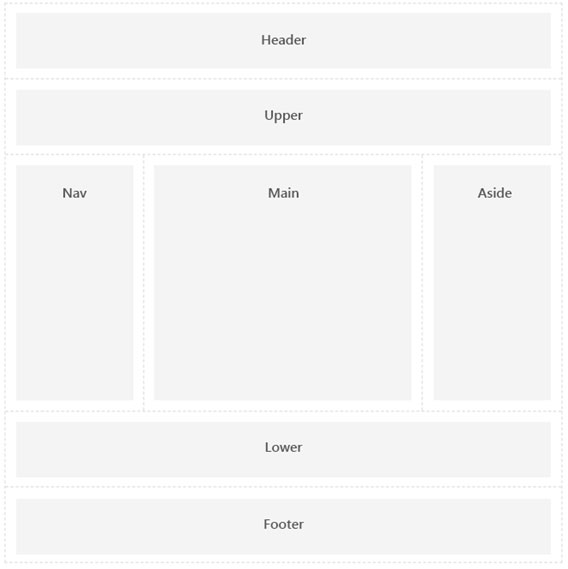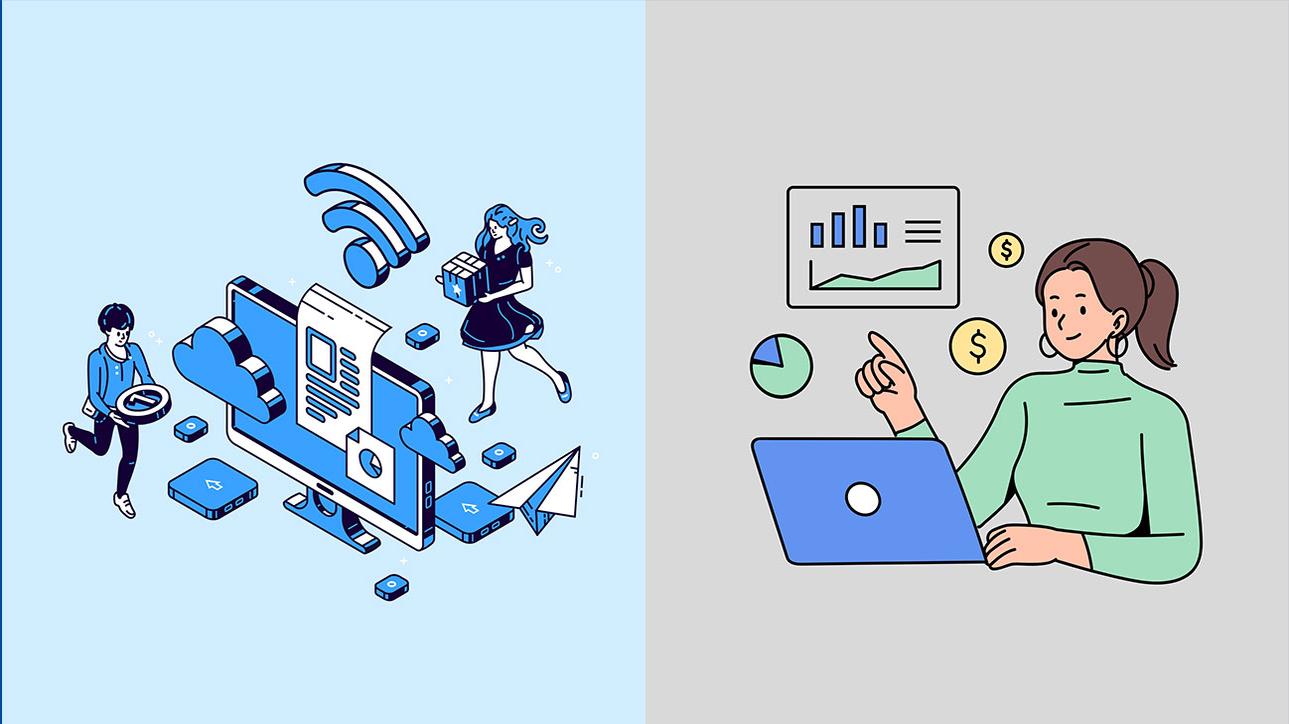Aio Admin App
This app can be used for managing the Page App and its
Plugins via a CMS.
Only Administrator and Admin
users specified by Administrator have access to this app.
The basic URL for The Admin App is admin. (https://your_domain/lang_url/admin/)
Manage Content
This part is responsible for managing the content of Page
App sub-pages (first argument).
Before reading this part, please take a
look at Admin Access Rules from Admin Access.
Manage Pages
This page contains information about available pages for the
current lanuage.
The actions can be different for Admins of
different access levels.
Add Page
Admins width Create, Read, and Update
or Create, Read, Update, and Delete access, can
use this page for creating new pages for the public Page App.
·
Page Settings:
o
User Access: Specifies the user group can have access to the page.
o
Custom Source: Can be used for custom HTML source for the page.
o
Partial Settings: Can be used for customization of the page
partials.
·
Page SEO:
o
URL: Must be unique. (The
index is the default URL for the Page App)
o
Title, Description, and
Keywords are important for the page SEO.
The keywords are the short words separated
by , (comma).
·
Page Content:
o
Can be used for editing the
page custom source if the Custom Source option
is enabled.
o
Can be used for editing the
page custom partials if Custom Partial options
are enabled.
Reset?
button can be used for reseting the partial content to Partial Defaults.
Developer
Options button can be used by developers for editing the partial
container.
Edit Page
Admins width Read and Update,
Create, Read, and Update, and Create, Read, Update, and Delete access, can
use this page for editing the existing pages for the public Page App.
Manage Partials
Admins width Read and Update,
Create, Read, and Update, and Create, Read, Update, and Delete access, can
use this page for editing the default content for the partials of the public
Page App.
These default partials will be used by the pages of Page App,
if The Partial setting for the page Set To Default.
Reset?
button can be used for reseting the partial content to Template Defaults.
Developer
Options button can be used by developers for editing the partial
container.
For simplicity and easier management, the AIO pages are devided in 7 partials: Header, Upper,
Nav, Main,
Aside, Lower,
Footer.
Here’s a simple illustration to demonstrate how partials can
be shown in a template:
Note: Usually in AIO templates, the Nav
is responsive and shown in smartphone and tablet.
Manage SEO
Admins width Read and Update, Create, Read, and Update, and Create, Read, Update, and Delete access, can use this page for editing the default SEO settings of the public Page App.
Manage Partials
Admins width Read and Update,
Create, Read, and Update, and Create, Read, Update, and Delete access, can
use this page for editing the default content for the partials of the public
Page App.
These default partials will be used by the pages of Page App,
if The Partial setting for the page Set To Default.
Reset?
button can be used for reseting the partial content to Template Defaults.
Developer
Options button can be used by developers for editing the partial
container.
For simplicity and easier management, the AIO pages are devided in 7 partials: Header, Upper,
Nav, Main,
Aside, Lower,
Footer.
Here’s a simple illustration to demonstrate how partials can
be shown in a template:
Note: Usually in AIO templates, the Nav
is responsive and shown in smartphone and tablet.

Manage SEO
Admins width Read and Update,
Create, Read, and Update, and Create, Read, Update, and Delete access, can
use this page for editing the default SEO settings of the public Page App.



